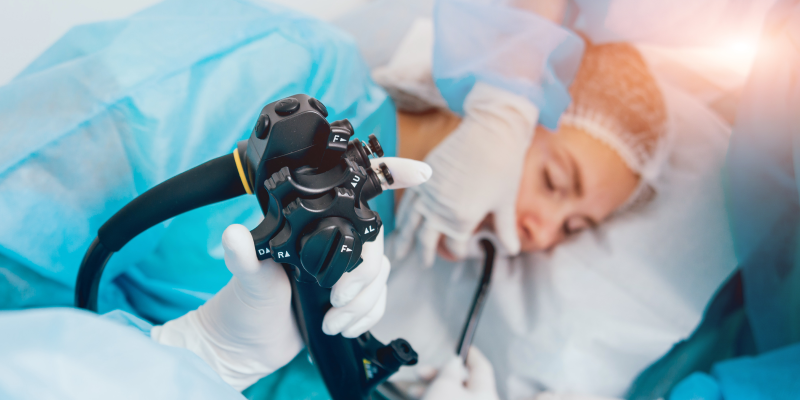About 11 people die by drowning each day in the U.S. alone. Thousands more are treated for nonfatal near-drowning incidents in emergency departments. Drowning is one of the leading causes of death among those aged 14 and under. When a person is injured in the water, seconds matter. Having the right portable suction machine available can reduce mortality and morbidity.























